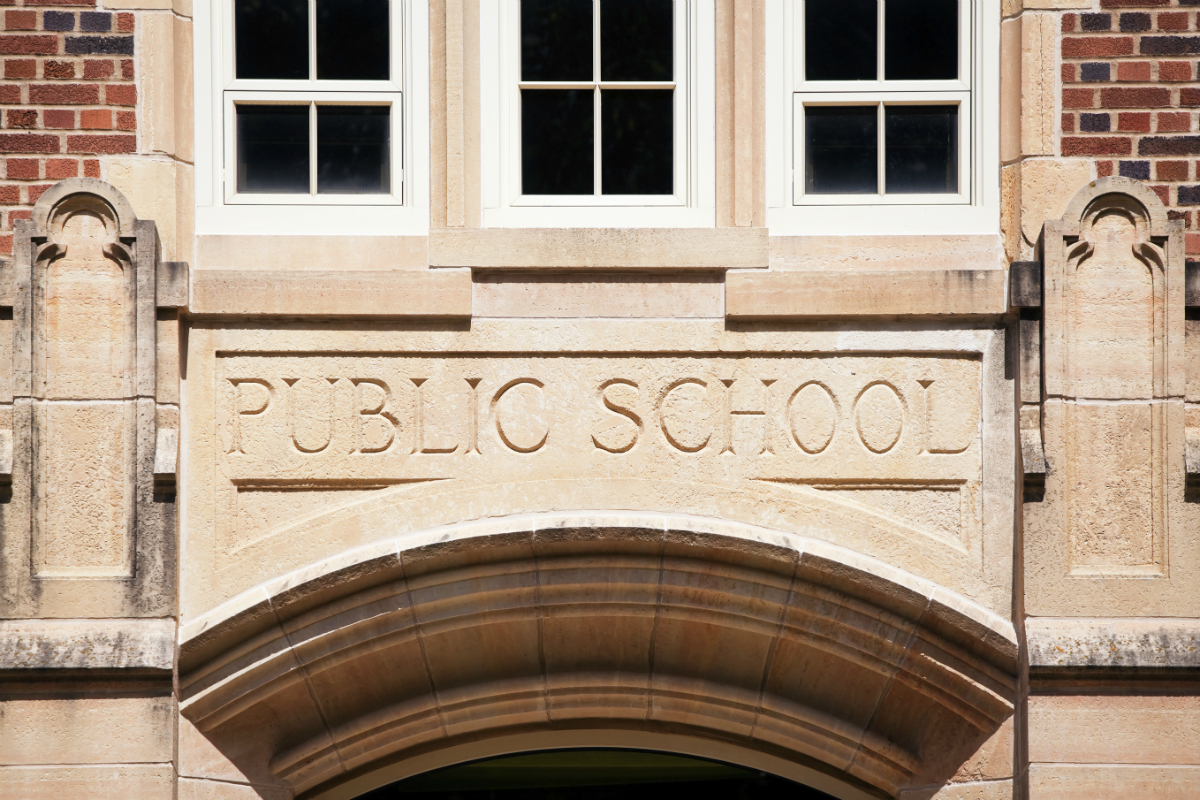Hundreds of billions of dollars are distributed annually to more than 13,000 school districts across the country. But do states’ school finance systems, which are largely in charge of K-12 funding, provide adequate and equitable monetary resources?
Rutgers University, the University of Miami and the Albert Shanker Institute recently published their 2020–21 State School Finance Profiles for all 50 states and Washington, D.C. as well as summary report The Adequacy and Fairness of State School Finance Systems. Because of delays in the collection and release of federal finance data, 2020–21 is the latest period available.
Using a framework that evaluates how well states balance the need to compensate for factors they can’t control, like student poverty and labor costs, with those they can control, like directing funding to the highest-need districts, researchers present findings on three measures: effort, statewide adequacy and equal opportunity.
Results showed 39 states devote a smaller amount of their economies to K-12 schools than before the 2007–09 recession. Other key discoveries include:
- Roughly 60 percent of U.S. students identified as attending “chronically underfunded” districts (the 20 percent of districts with the most inadequate funding in the country) are located in 10 states.
- African American students are twice as likely as their white peers to attend districts where funding is below estimated levels of adequacy and 3.5 times as likely to be enrolled in a chronically underfunded district.
- Educational opportunity is unequal in every state, meaning that higher-poverty districts are funded less adequately than their lower-poverty counterparts.
California school finance
Weighing the three indicators — fiscal effort, statewide adequacy and equal opportunity — California’s profile ranks 37th of the 48 states that could be rated.
Considering fiscal efforts, California was identified as a “low effort” state relative to others with 3.1percent of its economic capacity allocated for K-12 public schools versus the 3.54 percent average in the U.S. In line with the national trend, California’s fiscal effort was lower than pre-recession levels.
California earned a “medium” ranking on statewide adequacy. This measure compares a state’s actual per-pupil spending to estimates of the amount adequate to achieve average test scores.
Sixty-nine percent of students in the state attend districts with below adequate funding and 22 percent of students attend districts considered chronically underfunded, according to the profile. Overall, the average California student’s district spends 14.3 percent below adequate levels. Researchers also found that California’s spending was substantially more adequate in 2021 compared to 10 years prior (though it is still below average).
The equal opportunity indicator compares adequacy between states’ higher- and lower-poverty districts, according to researchers. California rated “high” for equal opportunity and was ranked 14th of 48 states with an opportunity gap of -32.8 points. Its low/lowest poverty districts have average funding gaps of 5.5 percent and the high/highest-poverty districts have funding gaps of -27.3 percent. Still, the opportunity gap contributes to a gap in student outcomes with the highest poverty districts scoring below the U.S. average on standardized tests compared to the lowest poverty districts, which score above average.
Policy recommendations
Based on findings from the states and Washington, D.C., researchers suggest the policy recommendations to “guide the design and improvement of all states’ systems.” They include:
- Better targeting of funding.
- Increasing funding to meet students’ needs where funding is inadequate.
- Distributing federal K-12 aid based on both need and effort.
- Enhancing federal monitoring of school funding adequacy, equity and efficiency.
“It is our hope that the data presented in this report and accompanying resources will inform school finance debates in the U.S. and help to guide legislators toward improving their states’ systems,” researchers said.





